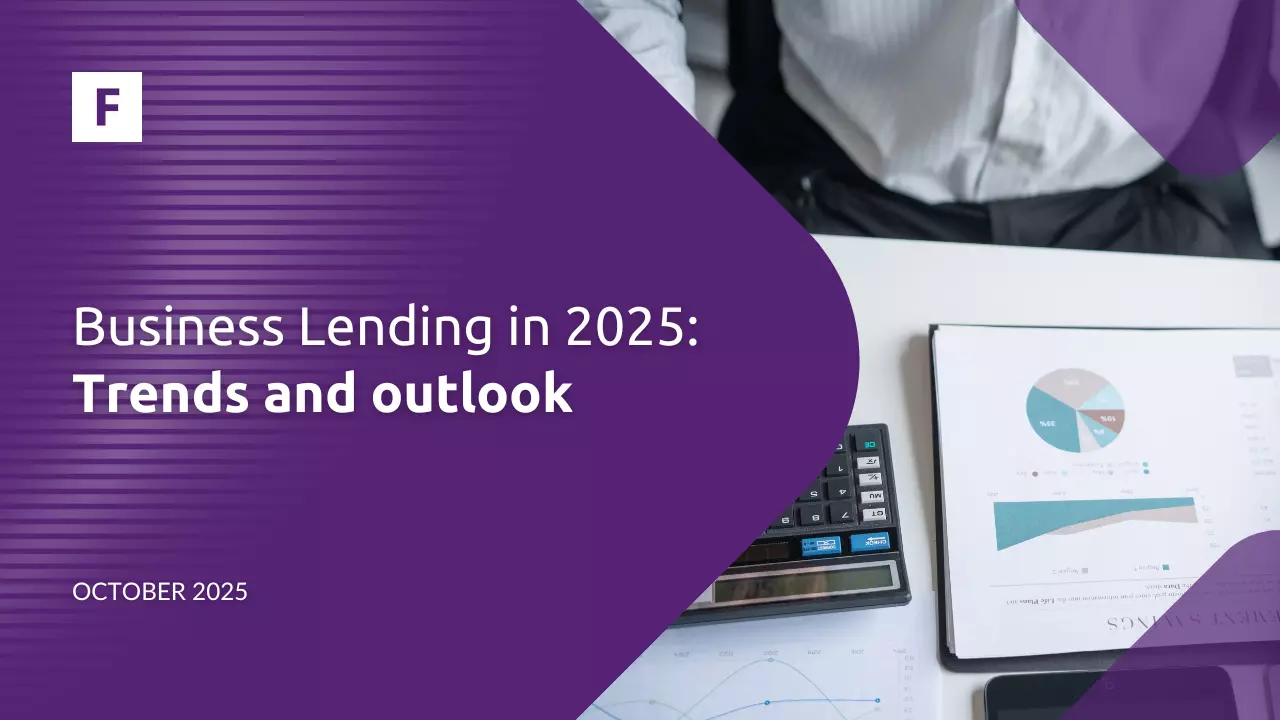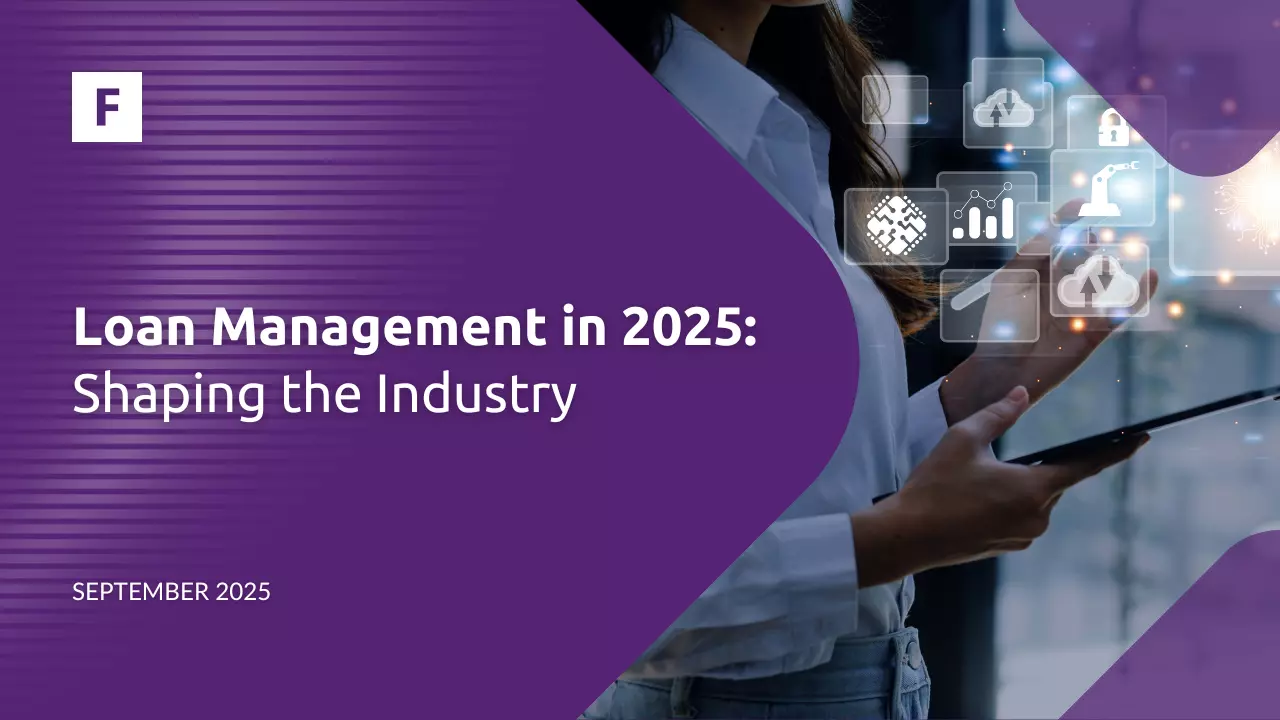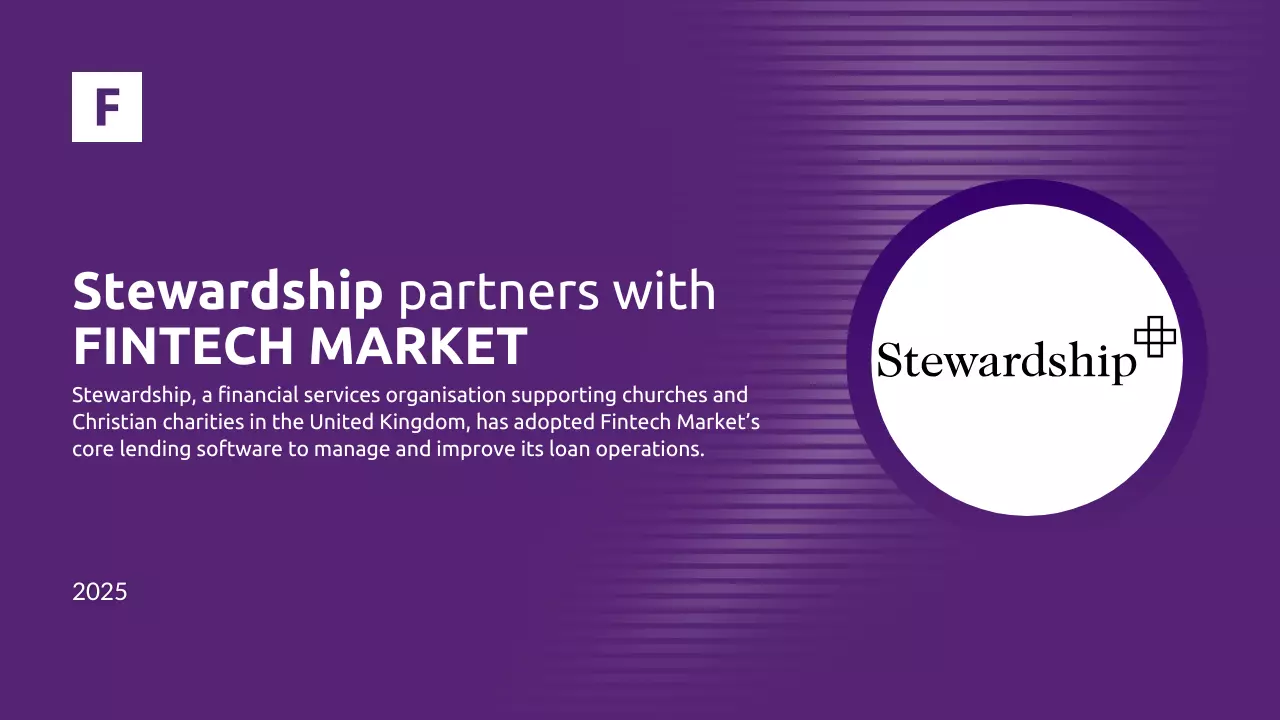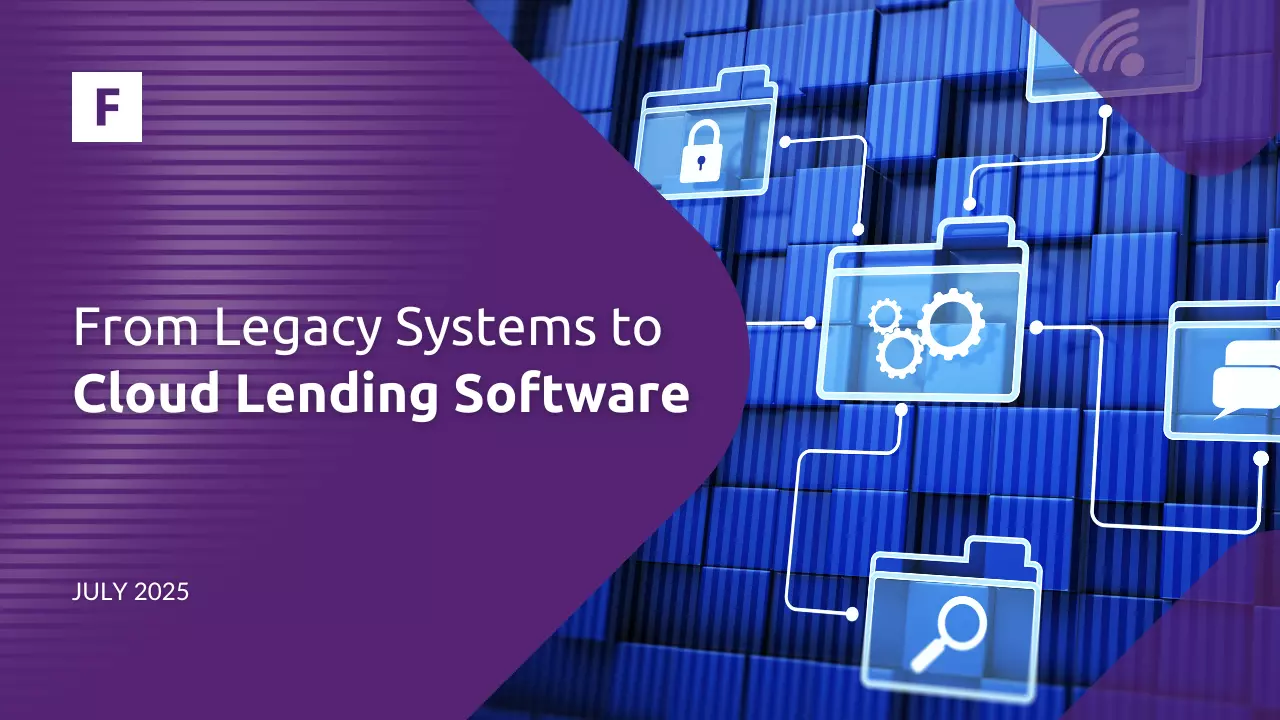Loan Origination Journey: Step-by-Step**
Lending systems can be complex, but Fintech Market loan origination software streamlines the entire journey. From initial inquiry and application to credit checks and final approval, it automates and organizes each step for efficiency and accuracy.
Ultimately, it leads to quicker funding, better compliance, and more reliable lending operations.
These are the main key takeaways from this article:
- Automated journeys
- Faster decision making
- Customer experience
- Market growth
Modern loan origination systems (LOS) cover the lending processes through automation from prequalification to funding. This enhances communication, reduces risk, and enables faster decision-making, giving borrowers a better user experience. Technology boosts efficiency, speed, and security for lenders and customers at every stage.
A flexible LOS can also support portfolio growth by identifying qualified borrowers and offering customized offers based on credit risk scores.
In the prequalification stage of loan origination, applicants submit key personal and financial information lenders use to assess eligibility. Configurability is essential, enabling lenders to adapt to customer needs and market changes. The software ensures that all required documents are gathered.
After an applicant applies for a loan, lenders and underwriters evaluate the applicant's financial information, also known as a risk profile, during loan processing and underwriting to determine loan eligibility and amount.
This assessment may be done manually or, through automated models, or a combination. At this stage, the loan can be approved, denied, or conditionally approved with a request for additional information, a standard part of the process.
The final step in the loan origination process is accepting the loan offer by the client. Before accepting, borrowers receive a disclosure detailing all closing costs, which fall into three categories: fixed, limited, and unlimited increases under exceptional circumstances.
According to McKinsey & Company, lenders lose an estimated 10 billion USD yearly due to fraud and errors, while only 20% have entirely digitized their entire loan origination processes.
Fees
Loan origination fees are standard charges borrowers pay when applying for a loan. These fees, typically around 1-5% of the loan amount, cover the cost of processing and underwriting the loan. For example, a $100,000 mortgage might come with a $1,000 origination fee. Borrowers can estimate these fees early by getting prequalified, which also helps when comparing lenders.
Top Bottlenecks to Overcome
Challenges in the loan origination process remain a significant concern for financial institutions, particularly those still relying on traditional methods. These conventional approaches, often paper-heavy and manually intensive, are increasingly seen as outdated in a digital-first world. They are time-consuming, error-prone, and inefficient, leading to processing delays and a subpar customer experience.
Integrating outdated legacy systems with newer technologies can be challenging, creating bottlenecks and limiting scalability. Regulatory compliance is another critical hurdle.
One of the most pressing challenges is accurately assessing borrower creditworthiness.
Traditional methods heavily rely on historical financial data, which may not provide a complete or current picture of an individual's economic situation. This limitation can lead to flawed risk assessments and missed opportunities, especially as borrowers' financial lives become more dynamic and complex.
Addressing these longstanding challenges is crucial for lenders aiming to remain competitive and responsive to evolving borrower expectations. Modern technologies such as AI-driven risk assessments, digital identity verification, and automated compliance tools are helping to facilitate the loan origination process.
Our Solution
The loan origination process sets the tone for the customer journey, and our Loan Management System ensures it's fast, secure, and fully integrated with the rest of the lending cycle.
Onboarding
During onboarding, the system gathers customer information, verifies identity and creditworthiness, and integrates with third-party services for background checks. Real-time updates improve transparency and reduce applicants' wait times.
Underwriting
The platform automates application evaluation, risk assessment, and loan term customization in the loan origination phase, using a Decision Engine to support data-driven underwriting decisions. Intuitive dashboards help client agents monitor application progress and address delays.
Credit Decisioning Software plays a crucial role in this journey. It improves underwriting precision by leveraging large datasets to instantly assess borrower creditworthiness. Its automated workflows minimize manual tasks.
Processing and Client Servicing
Loan servicing is fully automated, covering payment processing, account maintenance, and customer support. The platform integrates multiple communication tools and provides alerts for quick issue resolution.
Debt Management
The system tracks repayments, flags delinquencies, and initiates collections through configurable debt recovery workflows. It can also integrate with third-party agencies and legal services for efficient and scalable recovery actions.
Our SME lending software streamlines the entire loan lifecycle---from application to repayment---making it easier for financial institutions and private lenders to serve small and medium-sized businesses. As a comprehensive lending software solution, it offers fully customizable loan parameters, automated credit assessments, and integrated risk tools. The platform enables personalized, data-driven lending decisions.
Real-time portfolio monitoring, flexible eligibility criteria, and a user-friendly application process ensure a smooth, transparent experience for lenders and SME borrowers.
Mortgage
Building on our commitment to streamlining the loan origination journey, our Mortgage Software delivers the same efficiency, automation, and customer-centric approach tailored specifically for the mortgage sector.
Designed for flexibility and seamless integration, the software lets users effortlessly configure mortgage products with fixed or adjustable terms. It simplifies the loan journey---from approval application through automation, risk-based pricing, and credit scoring.
Future of LOS
As financial services go increasingly digital, the LOS market is experiencing accelerated evolution worldwide.
The loan origination software market is expected to grow at a 12% CAGR over the next five years. Innovations, mobile banking trends, and the popularity of digital wallets drive the need for agile, integrated lending platforms.
Comprehensive software solutions dominate the market, accounting for 79.26% of the market due to their ability to automate loan processes, reduce errors, and improve the customer experience.
Cloud-based deployment is also on the rise, making up 62.40% of market revenue in 2023, thanks to its flexibility, scalability, and ability to support remote operations and real-time analytics. Large enterprises like LeadSquared, Finastra, Fiserv Inc., and ICE Mortgage Technology currently lead the market.
As of 2023, over 1.9 billion people globally---and around 170 million in the U.S.---actively use digital banking, fueled by widespread internet access and smartphone adoption.
In 2023, North America held a 34.58% share of the global loan origination software market, with the United States emerging as the primary contributor.
China and India
Meanwhile, the Asia-Pacific region is expected to experience the fastest growth in the LOS market, with a projected CAGR of 11.63% and a net increase of approximately 2.12% by 2030. This growth is fueled by rising credit demand and tighter regulatory frameworks, particularly in countries like China and India.
In China, government reforms are expanding credit access for SMEs, while India's rapid industrialization is increasing loan demand across households and businesses. Market consolidation in the region also contributes to the sector's expansion, positioning Asia as a key area for future LOS market development.
Europe
Countries like Germany, France, and Italy are leading in adopting cloud-based LOS solutions that enhance efficiency and fraud prevention. The EU's emphasis on financial transparency and consumer protection, particularly under GDPR and PSD2, has accelerated the integration of secure digital identity verification and automated decision-making into LOS platforms.
Additionally, the rise of embedded lending in e-commerce and B2B sectors fuels demand for scalable, API-integrated solutions. The market is expected to grow at a CAGR of 13.1% from 2025 to 2035.
Japan and South Korea
The LOS markets in Japan and South Korea are both experiencing strong growth. In Japan, the strict financial regulations and the rise of fintech and mobile-first cloud platforms are driving the adoption of compliance-friendly, AI-powered systems for efficient loan processing. Similarly, in South Korea, regulatory support and a strong mobile banking ecosystem are accelerating the use of AI-driven, cloud-based loan origination systems, with growing demand for digital lending services.
This surge highlights a broader regional trend toward fully digitized lending experiences. The LOS markets in Japan and South Korea are projected to grow at a CAGR of 13.0% from 2025 to 2035.
Our Partners
To stay competitive in the evolving financial landscape, partnering with the right technology providers can significantly enhance the loan origination process, driving efficiency and customer satisfaction.
That's why we work with a network of trusted companies to deliver comprehensive solutions that empower financial institutions and businesses to grow and succeed. Explore our partners here.
Recap
A modern LOS simplifies complex lending processes, grows efficiency, and enhances customer experience. By adopting innovative, automated solutions, lenders can stay competitive, reduce risk, and build stronger borrower relationships in a digital-first world.
About Fintech Market
Fintech Market (FTM) operates in the lending software market, offering a comprehensive SaaS-based loan management system for financial service providers. It includes essential features such as CRM, KYC, risk management, and debt management for loans, deposits, current accounts, and investments. With tailored solutions to optimize their operations, FTM serves neobanks, SMEs, car leasing companies, and buy-now-pay-later companies in the EU, Mexico, and Indonesia.






